
Over a career spanning more than 70 years, the Rev. Billy Graham has preached the Gospel, in person, to an estimated 200 million people around the world—and another two billion via radio, television and the Internet—and has ministered to a dozen U.S. presidents. Throughout many of those decades, Graham enjoyed a special relationship with LIFE magazine, which published his essays and followed him on more than a few of his travels around the country and across the world.
In fact, Graham owes much of his fame to two media moguls: newspaper magnate William Randolph Hearst and Henry Luce, co-founder of Time Inc. and creator of TIME, LIFE, Fortune, and other influential American publications. Both Hearst and Luce were impressed by Graham’s first major crusade, a marathon revival in a tent in Los Angeles in 1949. They were also impressed by the combination of his message of spiritual renewal and his strong anti-communist politics. Hearst sent his editors a telegram with the two-word order, “Puff Graham.” For his part, Luce had the L.A. crusade covered favorably in both TIME and LIFE.
Long a spiritual adviser to people in power, Graham’s first visit to Washington to counsel a president didn’t go very well. After blabbing to the press about what he and Harry Truman had discussed, Truman blasted him as a “counterfeit” and a publicity hound. Thereafter, he kept the topics of his Oval Office meetings to himself. He also held considerable sway over other Washington politicians. In 1952, during a crusade in D.C., Graham persuaded Congress to pass a law allowing him to conduct a service on the Capitol steps. Unlike other Evangelical preachers who rose to political prominence, Graham seldom advocated policy; sometimes, he was just a sympathetic shoulder, as when he spent the night in the White House praying with the Bushes in 1991 on the eve of the Gulf War.
He is one of the most famous ministers who ever lived, but Billy Graham had no formal theological training. Born in 1918 and raised on a dairy farm outside Charlotte, N.C., he received undergraduate degrees from the Florida Bible Institute and Wheaton College. Still, in 1947, when he was just 30 years old, he was named president of Northwestern Bible College in Minnesota. He served from 1948 to 1952, the years that also marked the beginning of his international celebrity as a traveling evangelist.
Graham’s road as a preacher has not always been an easy one. For example, at the height of tension over integration in Little Rock, Ark., in 1959, Billy Graham held one of his crusades there and stipulated, as he always did, that the seating be desegregated. Graham’s refusal to knuckle under to the threats of segregationists and white supremacists made a big impression on a 13-year-old in attendance with his Sunday school class, a teenager named William Jefferson Clinton. “I was just a little boy,” Clinton recalled nearly 50 years later, after he’d served as president and received Graham at the White House, “and I never forgot it, and I’ve loved him ever since.”
Controversy has occasionally tarnished, if only temporarily, Graham’s reputation as a man of God, as in 2002 when declassified White House audio tapes from 1972 revealed him uttering to then-President Richard Nixon blatantly anti-Semitic remarks about, among other things, Jews controlling the American media. In the midst of the subsequent uproar, Graham abjectly apologized, saying that “if it wasn’t on tape, I would not have believed it [was me speaking]. I guess I was trying to please [Nixon]. I felt so badly about myself—I couldn’t believe it. I went to a meeting with Jewish leaders and I told them I would crawl to them to ask their forgiveness.”
Many of the photographs of Graham that LIFE published over the years captured the public man, but the private Billy Graham seen in these rare pictures—relaxing with his family, preaching one-on-one to the world’s most powerful people and to the poorest of the poor, wrestling with God on the golf course—may prove something of a minor revelation even to those who thought they knew all there was to know about the the man.
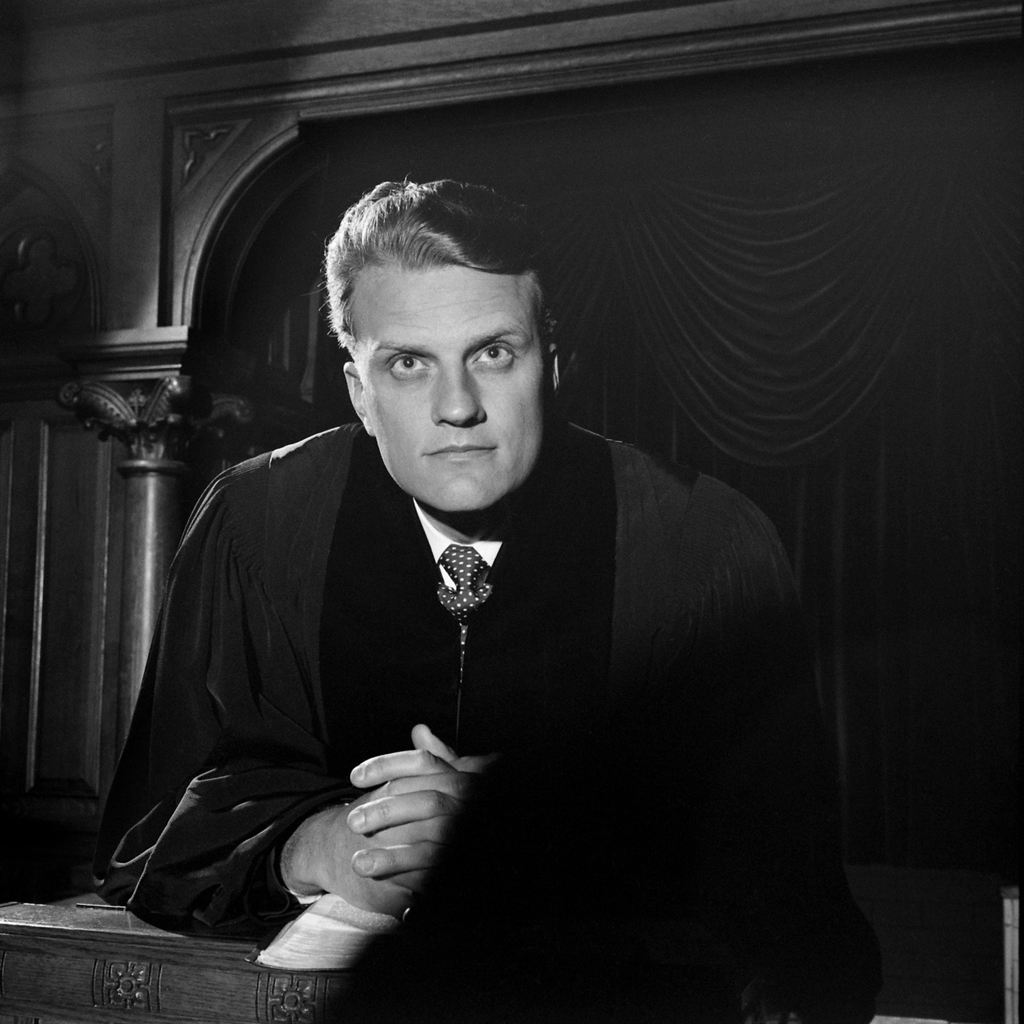


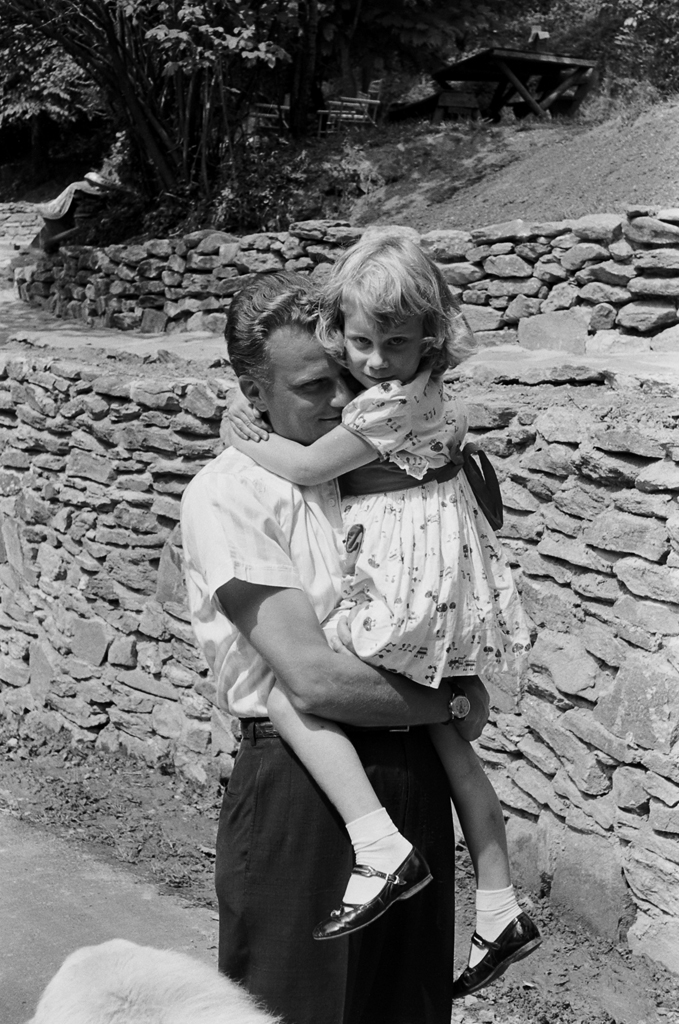
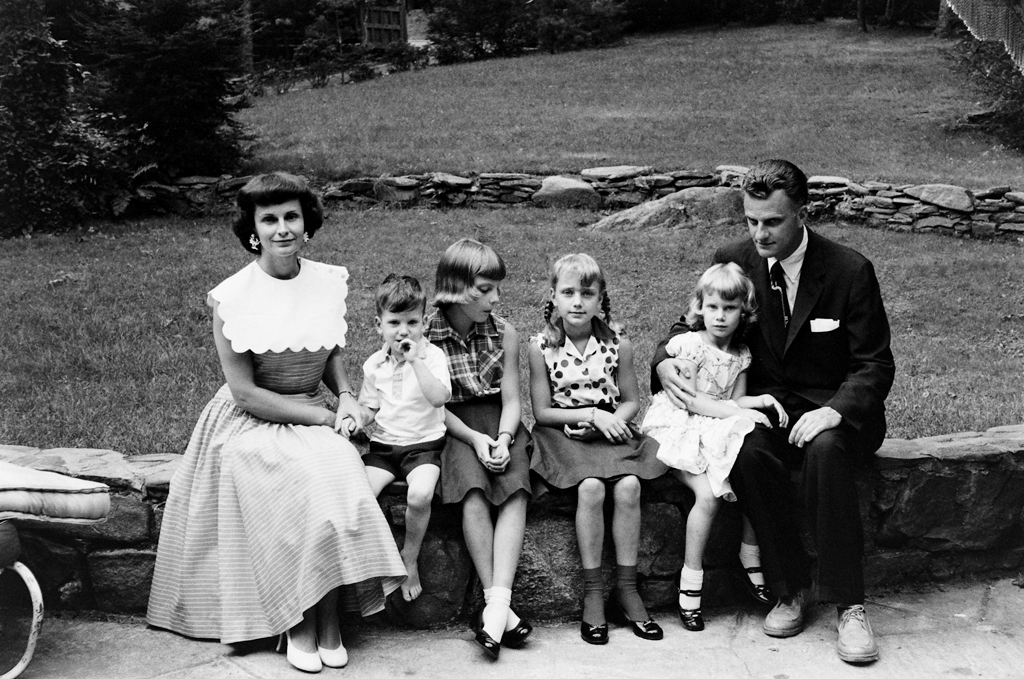
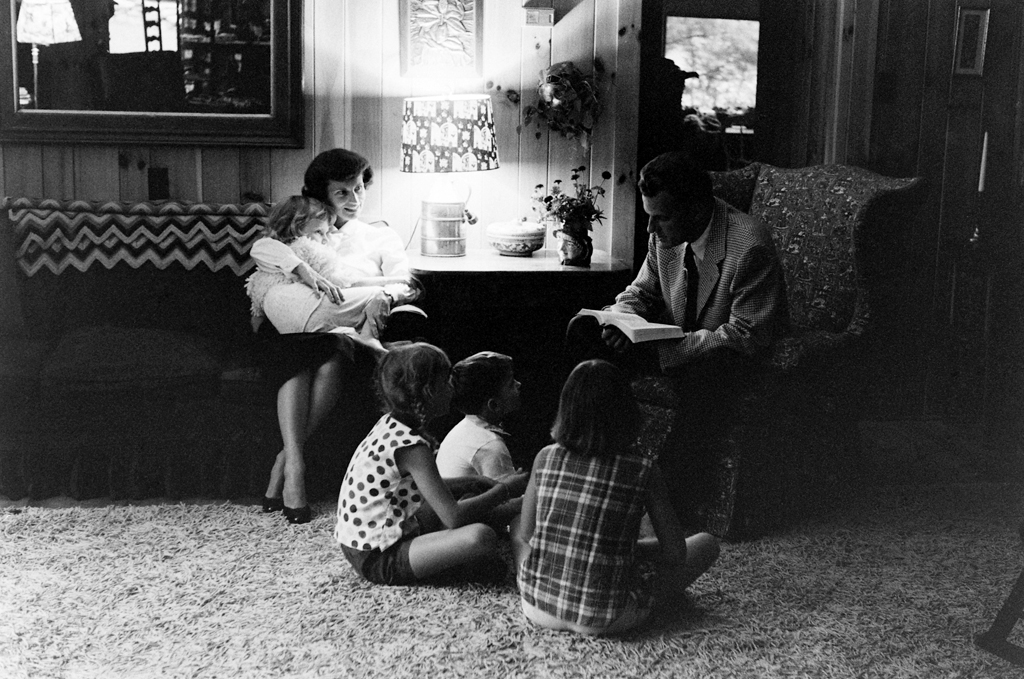
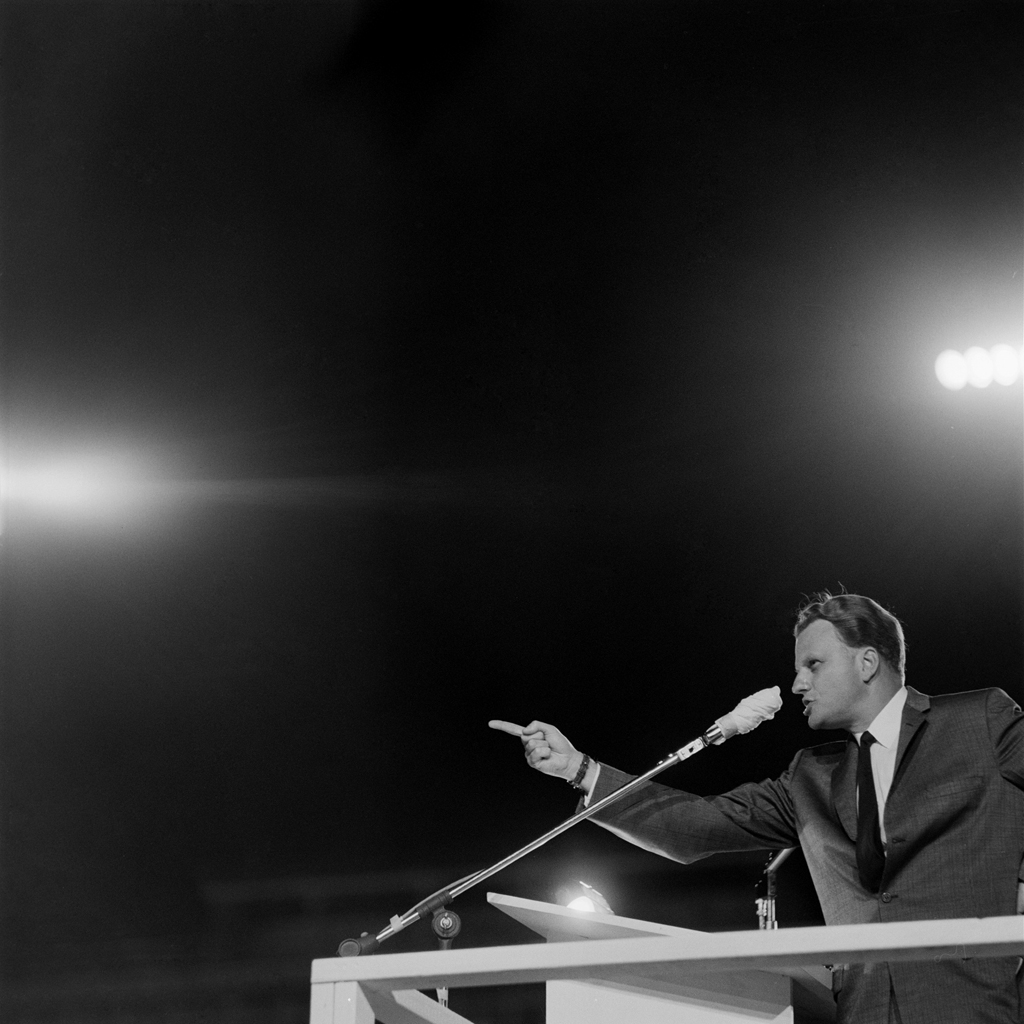

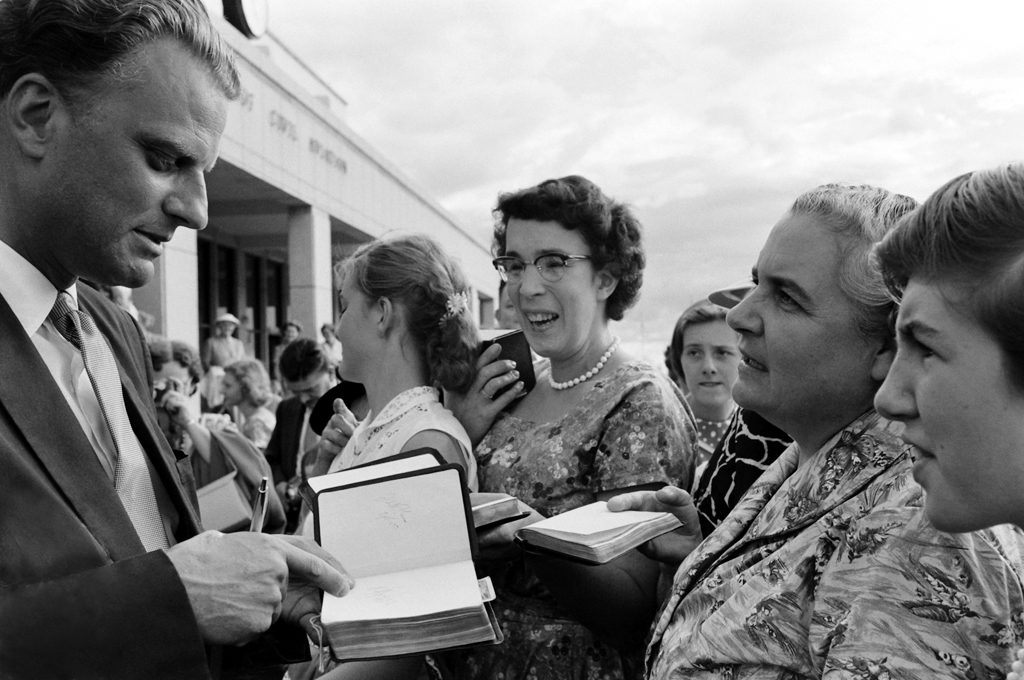


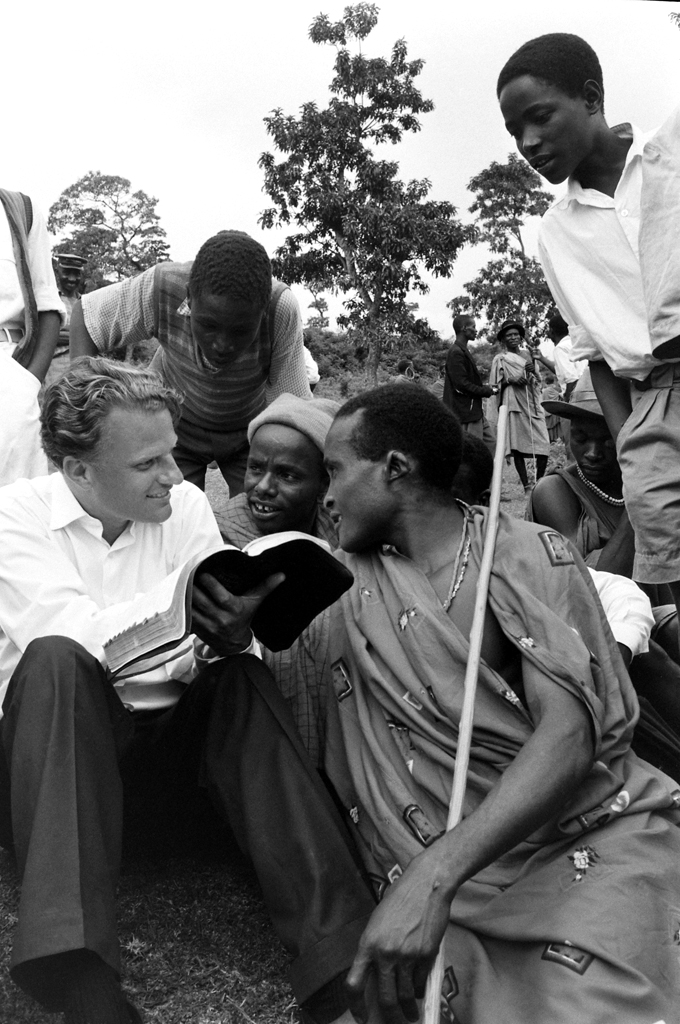

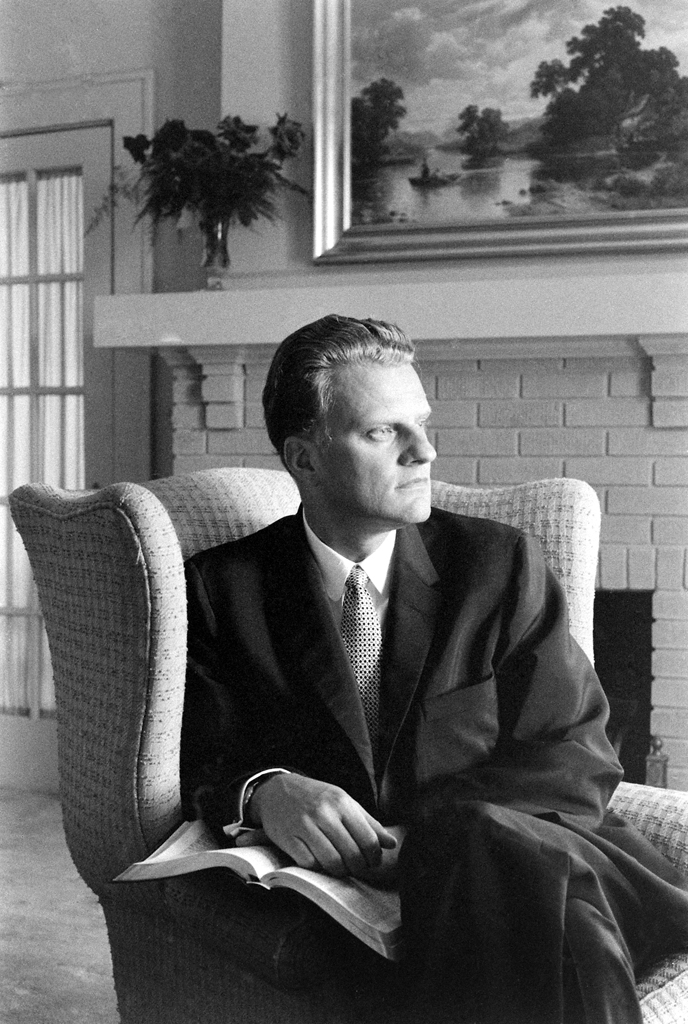
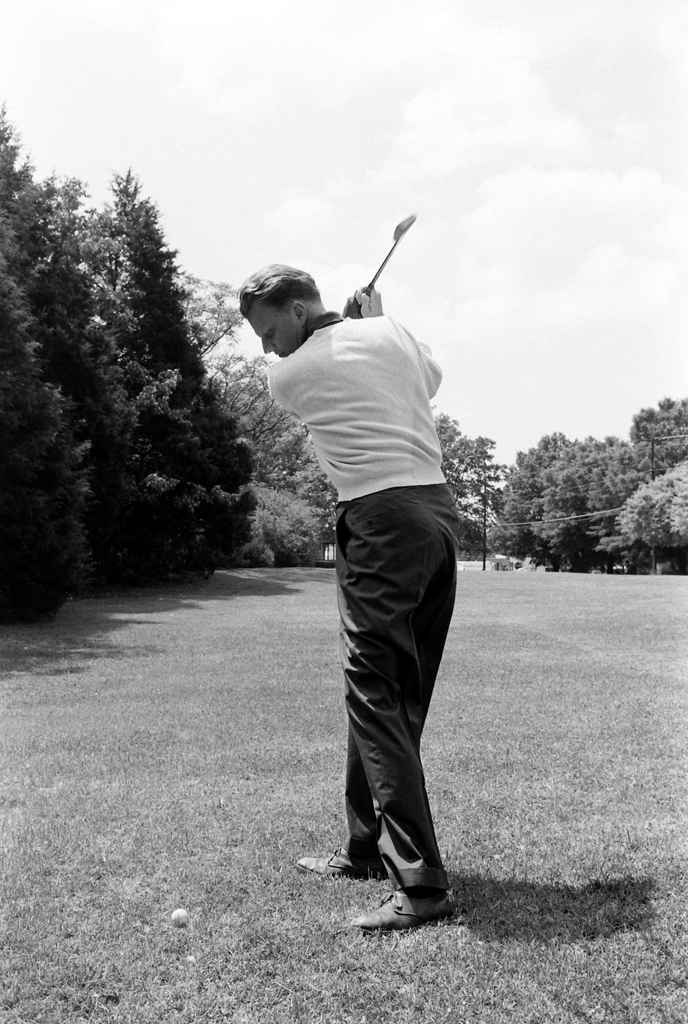

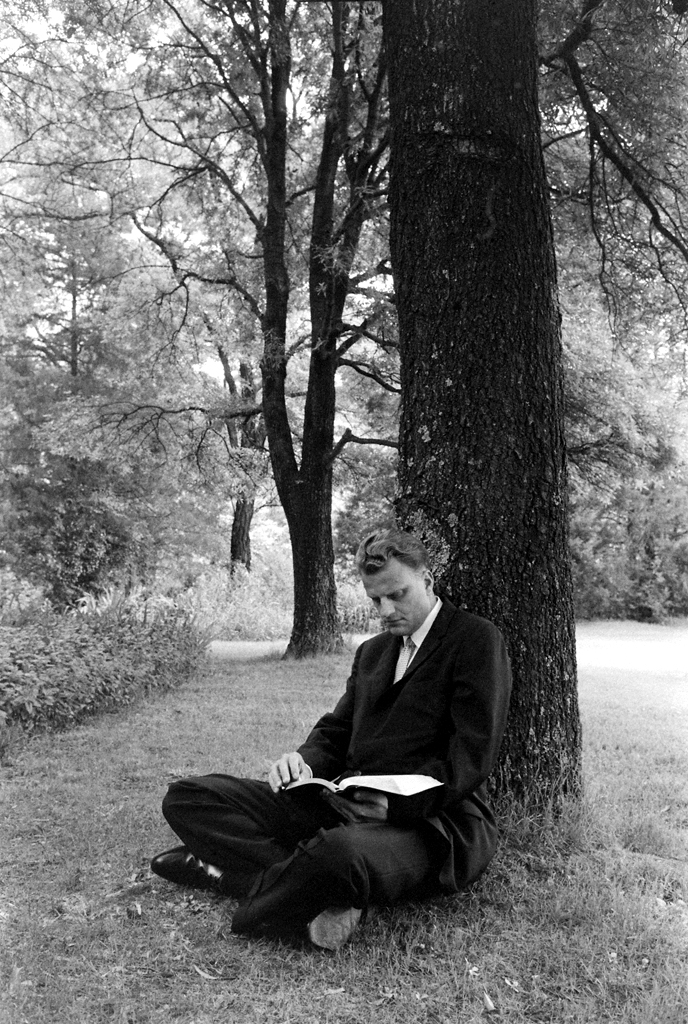

More Must-Reads from TIME
- Donald Trump Is TIME's 2024 Person of the Year
- Why We Chose Trump as Person of the Year
- Is Intermittent Fasting Good or Bad for You?
- The 100 Must-Read Books of 2024
- The 20 Best Christmas TV Episodes
- Column: If Optimism Feels Ridiculous Now, Try Hope
- The Future of Climate Action Is Trade Policy
- Merle Bombardieri Is Helping People Make the Baby Decision
Contact us at letters@time.com